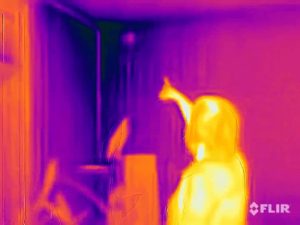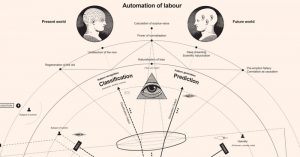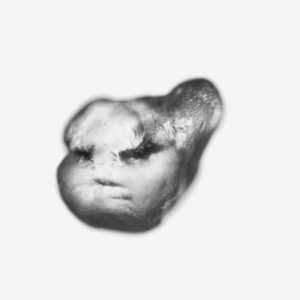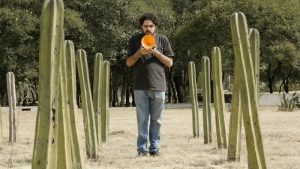Stachybotrys chartarum, aka black mould, is one of the nastiest guests you can find in your home. The microfungus grows inside damp buildings and produces toxic spores. Its presence in your home can affect your health and expose you to greater risks of suffering from respiratory problems, allergies or even immune system disorders.
The problem seems to be particularly common in London rented accommodations. Landlords are either too stingy or too sloppy to take the necessary measures to limit the moisture in the air. When they are not just plain greedy and let the flats deliberately rot so that tenants will move out and the property owner can renovate the building and turn it into lucrative Airbnb accommodations.
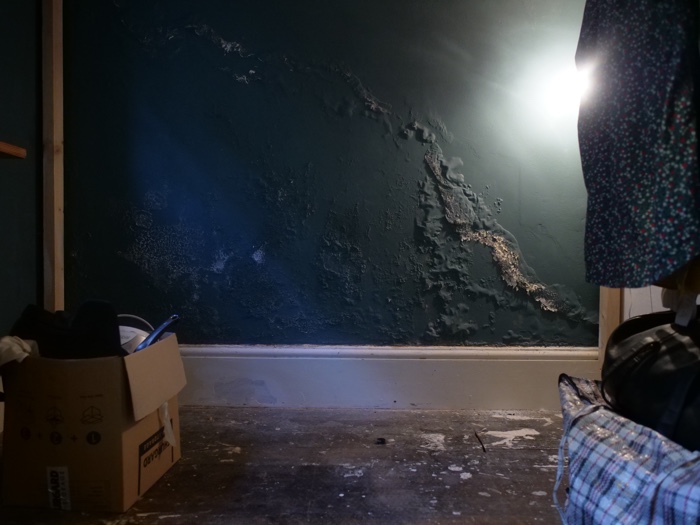
Avril Corroon, Spoiled Spores, 2019
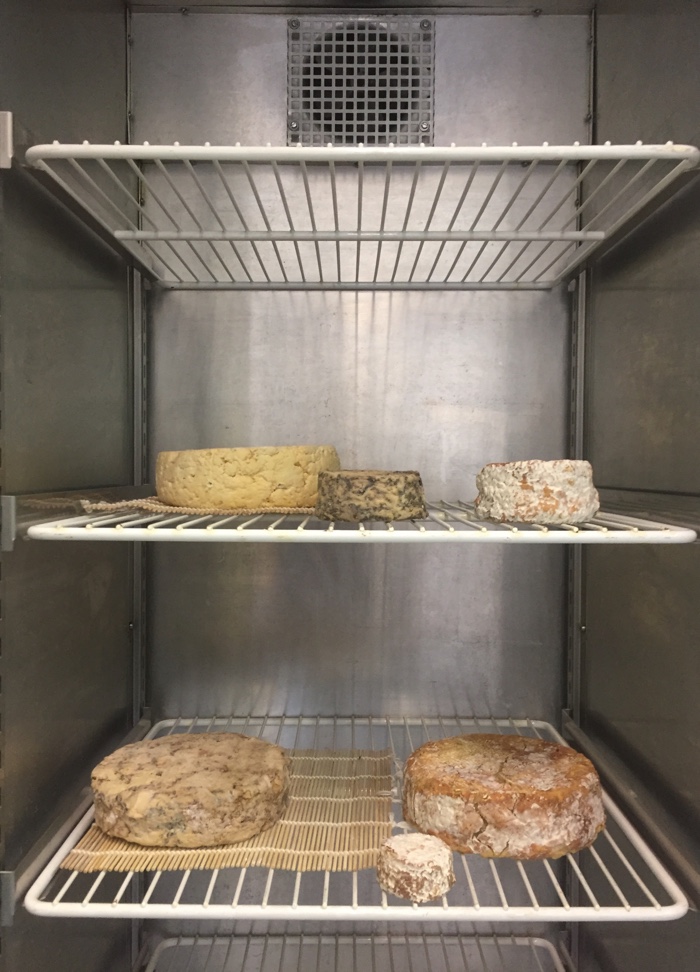
Avril Corroon, Spoiled Spores, 2019
Avril Corroon, a young artist currently pursuing a Masters in Fine Art at Goldsmiths University, decided to give a pungent visibility to the problem of rogue landlords and poor living conditions in rented accommodation. She did so by making artisan cheeses using bacteria cultures collected directly from the mould growing in London housing. I wouldn’t eat the cheeses she makes but they look surprisingly convincing!
The project is called Spoiled Spores (at the moment.) Corroon’s social critique might be insalubrious but it is also one of those rare projects that manage to talk about gentrification and class divide with humour.
I got in touch with Avril and asked her to tell us more about her range of “sick building” cheeses:
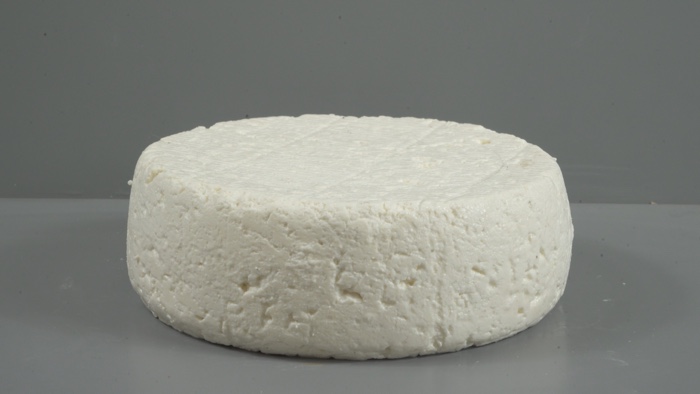
Avril Corroon, Spoiled Spores, 2019
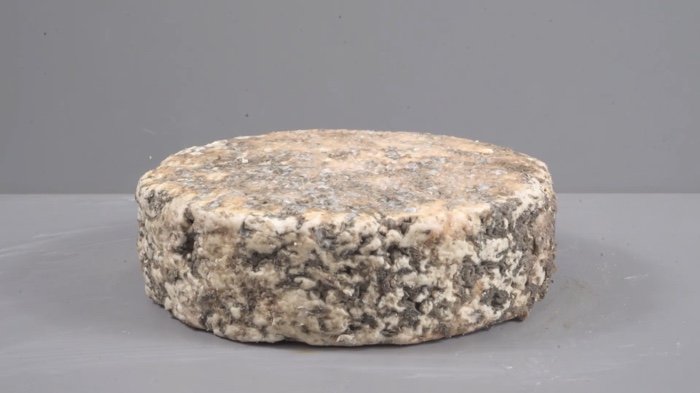
Avril Corroon, Spoiled Spores, 2019
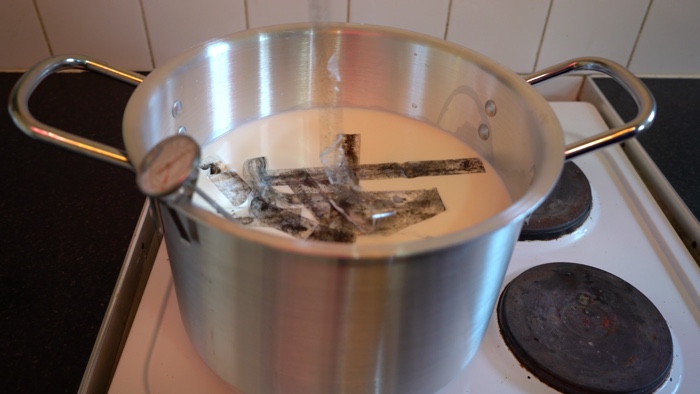
Avril Corroon, Spoiled Spores, 2019
Hi Avril! I’ve never made cheese in my life. You made yours using bacteria cultures collected from the mould growing in London housing. How did you discover the existence of these bacteria and their suitability to make cheese?
Neither had I before this. To make blue cheese you add penicillium roqueforti to your milk and rennet, so I wondered what would happen if I swapped the ‘good mould’ for ‘bad’ mould and if it’d make a black mouldy cheese? Or what a Camberwell Camembert would look like from damp mould grown in a flat in Camberwell in London?
I had no idea if the cheese would come out looking and smelling like cheese or if the new mould would cause it to fall apart. It turns out that it does look and smell like cheese but as for taste I don’t know, it’s definitely not fit for consumption.
I’ve been doing call outs online and using word of mouth to find people living with mould and then visiting to take samples to make an individual cheese. Another element to the project is filming the homes where the moulds come from and interviewing the participants about their lives and any health problems they might have living around black mould. Some of them said they had mild respiratory issues and many said they constantly have to ask the landlord to come and sort it after the mould reappears after cleaning and repainting.
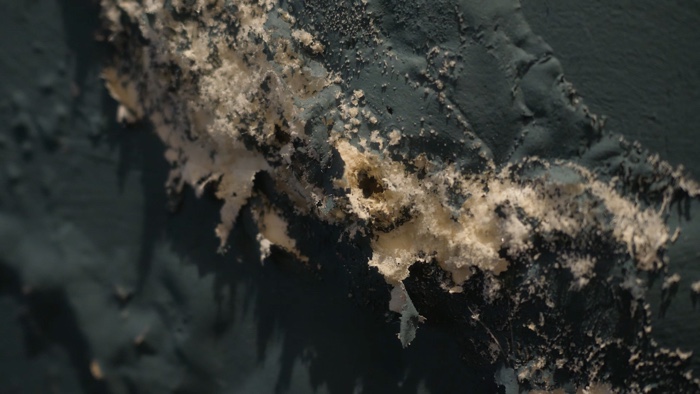
Avril Corroon, Spoiled Spores, 2019
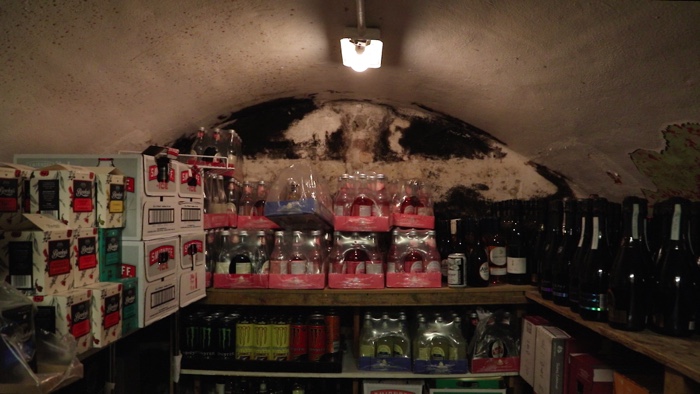
Avril Corroon, Spoiled Spores, 2019
Of course, what i found most interesting about the project is that it is, if i understood correctly, a comment on the poor living conditions in rented accommodation. Could you elaborate on that?
I had a lot of black mould growing in my last accommodation in Dublin and know many people living in damp housing managed by neglectful landlords. I wanted to make something that juxtaposed the mould, as a sign of neglected living conditions in rental property, with an artisan product like cheese, as a possible marker of gentrification.
Developers and city planners focus on areas, intentionally allowing them to become run down before pumping investment into recreating a new narrative of the area, as somewhere more attractive for middle and upper classes making it difficult for the community to sustain living there.
I hope that the work gives a sense of how interlinked and calculated disinvestment and investment is as a system and also gives the finger to private landlords for charging extortionate rental prices for poorly maintained flats and houses.
At the moment I’m being evicted from my rental accommodation in Elephant and Castle in South East London as developers are going to build luxury apartments. That whole area is under new urban development. Property developers Delancey have been given the go ahead by the council to take down the famous 75 year old Elephant and Castle Shopping Centre to make a ‘town centre’, but it’s already a centre for the traders and large multicultural community who go there. Up The Elephant campaigners are bidding to pose a legal challenge to drop the scheme, which is great.
I’m critical of how art institutions play a role in gentrification and want the work to address this too. In the work, I’m taking mould from people in bad living conditions and creating a high-end commodity out of this suffering as cheese, but then by giving it the status of art it then becomes a super commodity in the art gallery. I’m very interested in how the work touches these seemingly separate economies and how it can implicate a wider system than just the individual landlord. The cheese stink in the gallery and you can’t get away from the smell. It’s making an accusation there to question how art institutions function in the creation of inequalities, disinvestment and gentrification in areas.
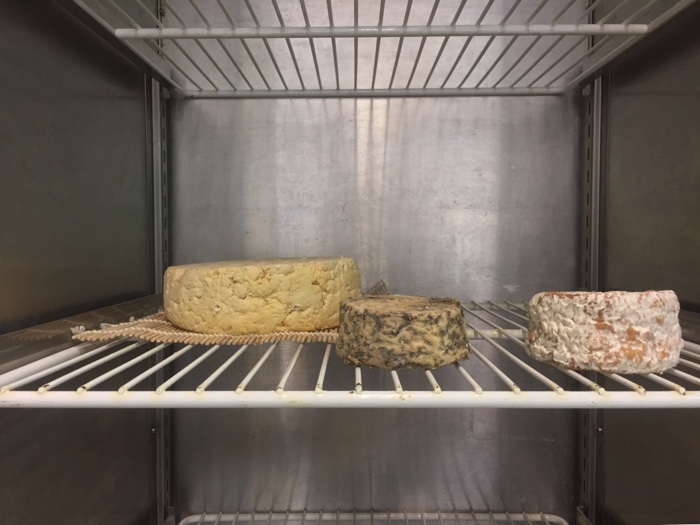
Avril Corroon, Spoiled Spores, 2019
The photo of the bedroom the mould came from doesn’t suggest “yummy! appetizing!” to me. How ready are people (and you!) to taste the cheese? Is it allowed to actually have people consume them or is there some Health and Safety issue that would prevent you from organising tasting sessions?
At first some people have really wanted to try it before seeing the video footage of how they’re made. I have artisan style labels for each corresponding cheese, which includes on it the first name of the person who lives with the mould, the type of accommodation, and annual rent and location details in the ingredient list. It’s easy to not read the label in full, as much as we don’t read the ingredients on most packaging, so the cheese still retains a sort of sinister element to it. Authentic artisan cheeses that are expensive, strong smelling, especially the blue cheeses, don’t really seem like they should be edible anyway, but we’ve been assured that they are. If no one had told you that you can eat cheese with blue mould veined through out it, you wouldn’t put that in your mouth would you?
I like toeing between the lines of disgust my cheese looks no more suspicious than normal cheese, like a savory present waiting for the landlord.
Excerpt of Fresh Paint on The Walls, full duration 9min, 2016
How does the work fit into your own practice? Does it build upon some of your previous works? I’m thinking about Fresh Paint on the Walls which looks at the difficulty of living in the neoliberal city through the antics of an awful landlord who licks beige walls and covers his face in paint.
I make work, which uses my own surroundings or living and working conditions as a starting point and then re-present them in an exaggerated manner with a satirical narrative in video or through interventionist actions in live performance.
In Fresh Paint on The Walls, the archetype of the monstrous Landlord is obsessed with ingesting magnolia coloured paint, resulting in megalomaniac behavior and terrible spatial judgment, which causes him to charge extortionate rates for small rooms. The cheese work feels like a continuation from this work and shares some similar imagery such as eating from interior walls.
In some of my previous work, I outline a story with voice over narration, the cheese is more suggestive of a narrative instead. While I was making one of them I was reminded of Roald Dahl’s The Witches where all the witches have an AGM and plan a grand opening of sweet shops where they’ll poison all the children and turn them into mice. Except here, maybe it’s all the landlords who come to stuff their faces instead.
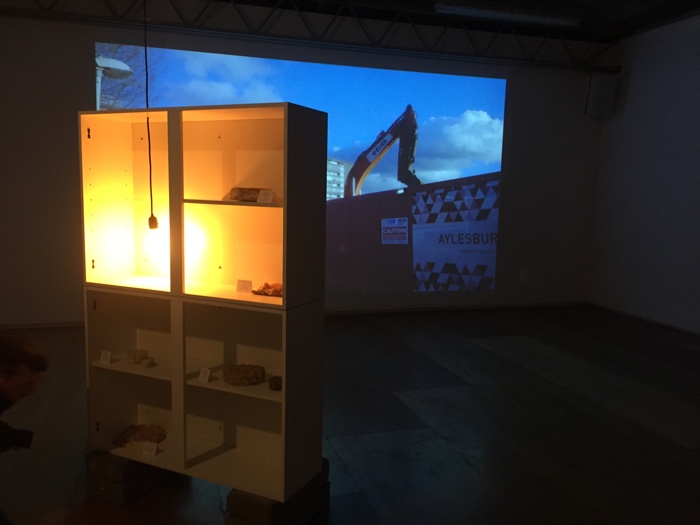
Avril Corroon, Spoiled Spores (installation view), 2019
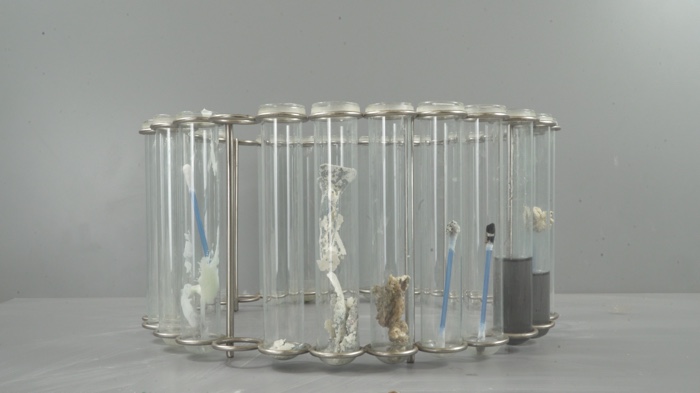
Avril Corroon, Spoiled Spores, 2019
What’s next for the cheese? Was it a one off or are you planning to reproduce the cheese experiment in other settings?
At the moment I’m working on this project along with others towards my degree show for my masters in Fine Art at Goldsmiths University. I’m making new cheeses, visiting homes, taking mould samples and filming homes from new people that I come into contact with.
I’d love to take the project further and travel with it to make further renditions that are area specific to where it’s exhibited, so that each place and the specificities to that local are examined. I’m also getting in touch with food labs to get an analysis of the cheese sample and its toxins.
Getting other expertise in to expand the work could produce interesting results, like getting a cheesemonger and a real estate agent together to assess the value of a mouldy house or one of my cheeses. I think there’s a lot of ways I can develop the work further.
Thanks Avril!

